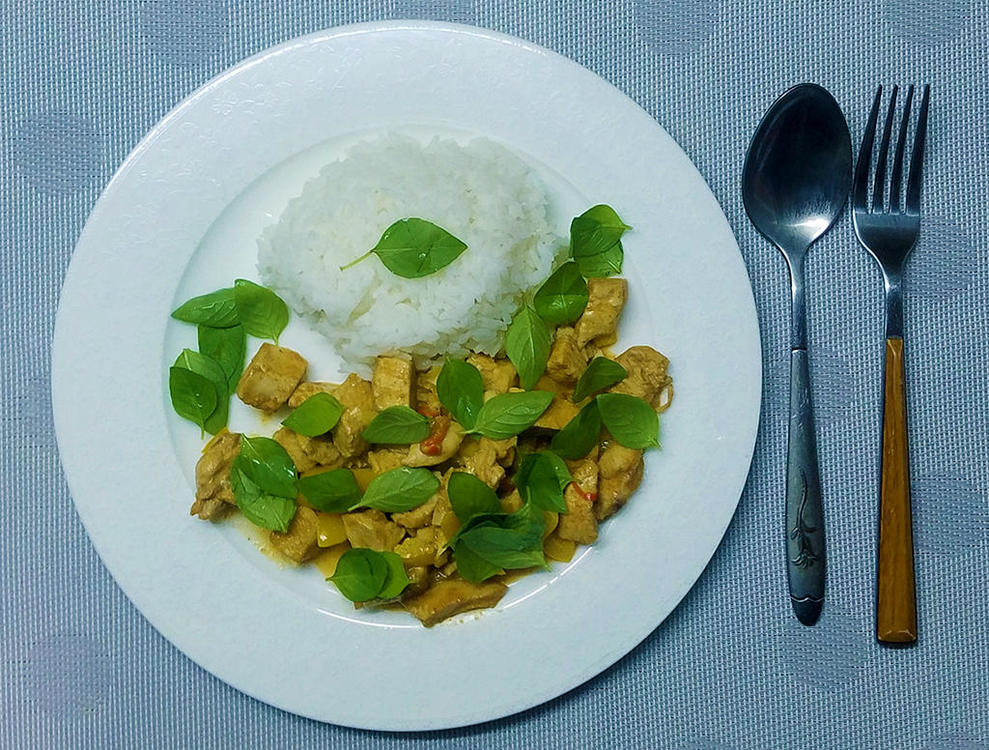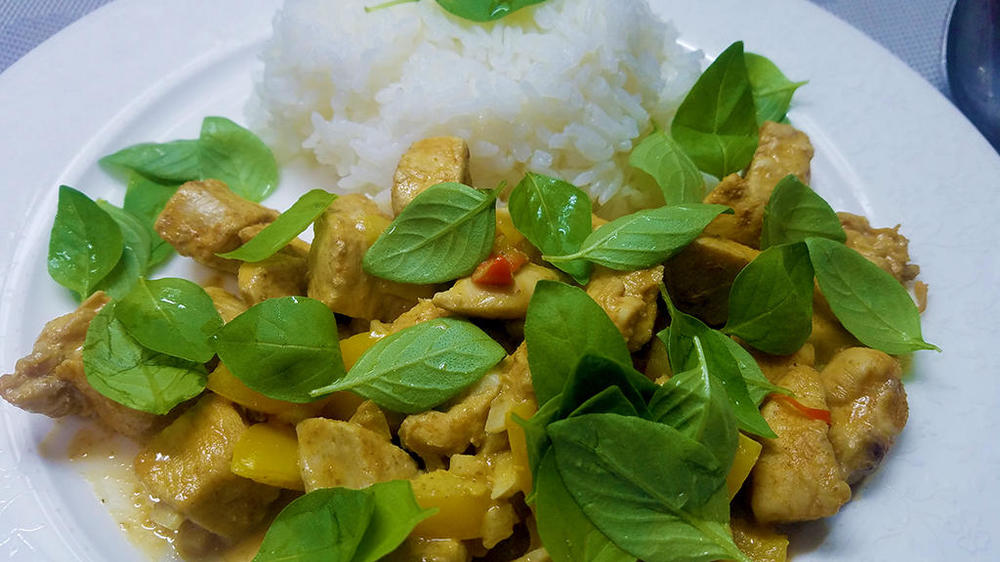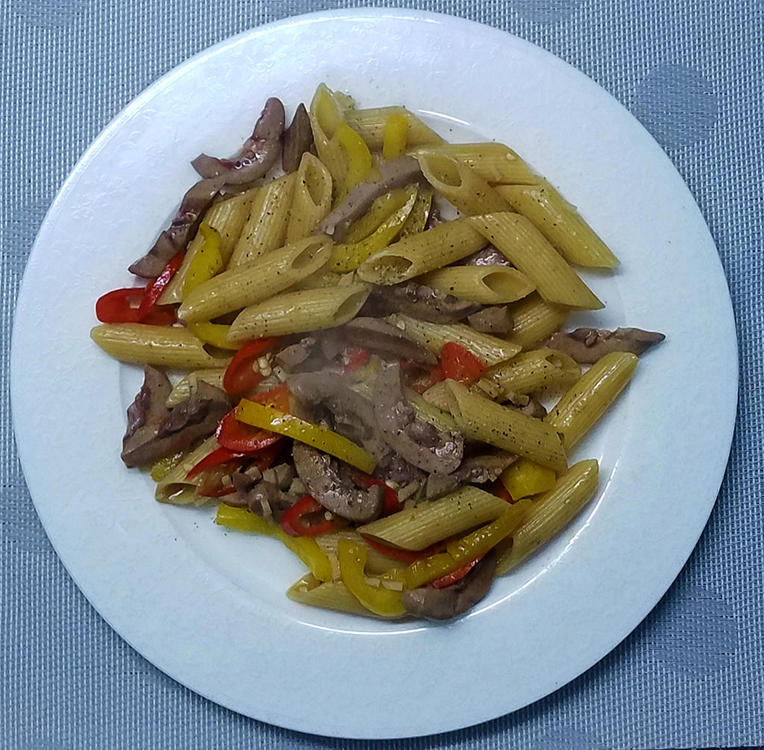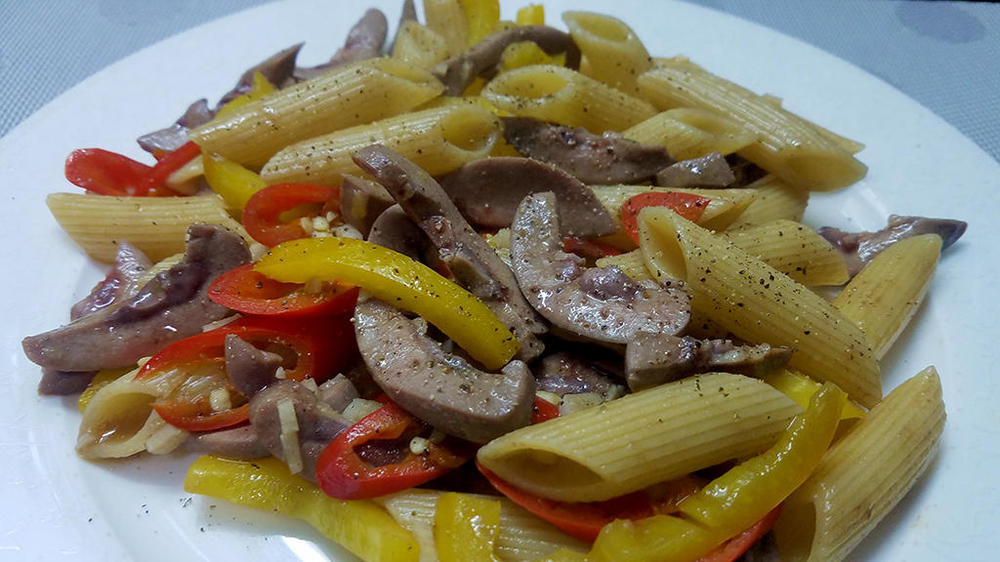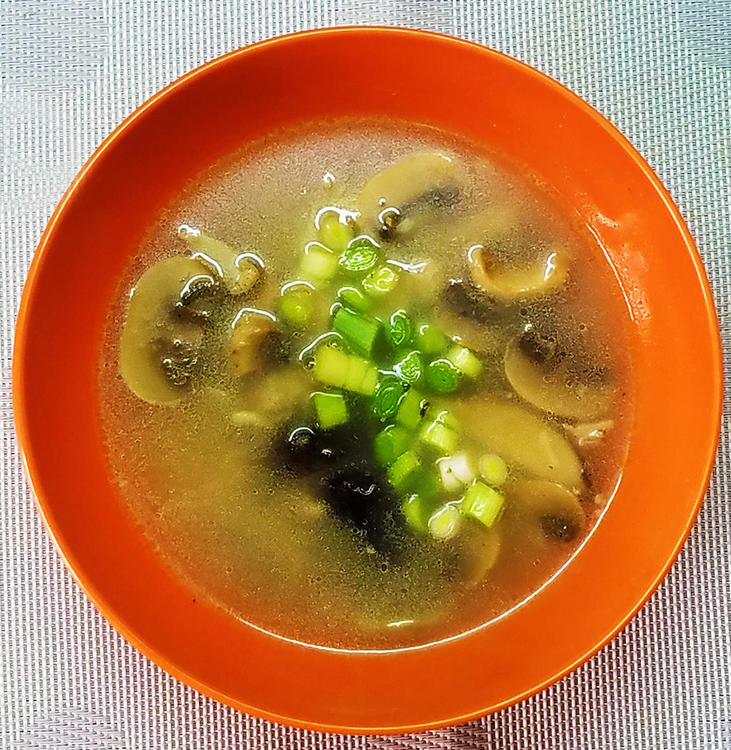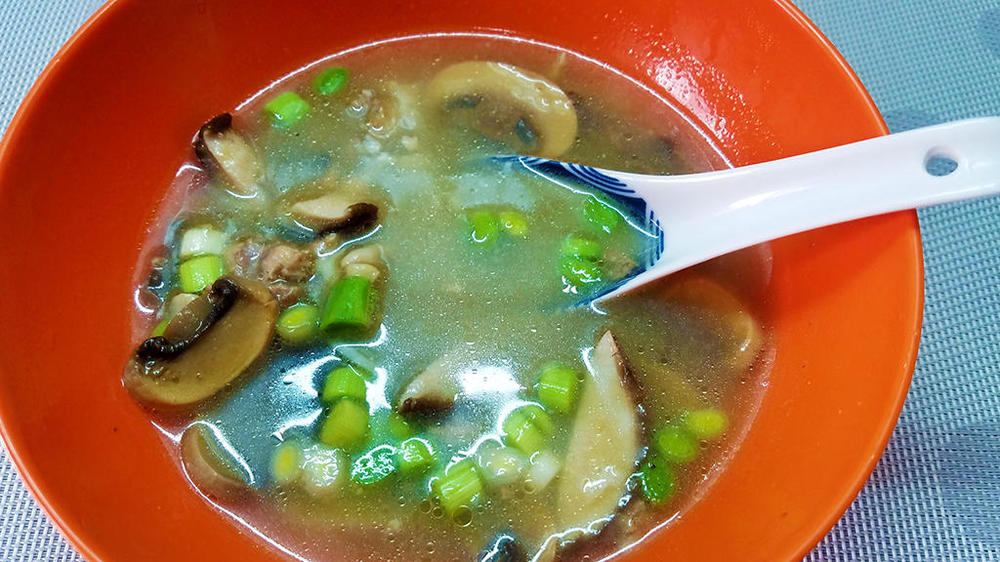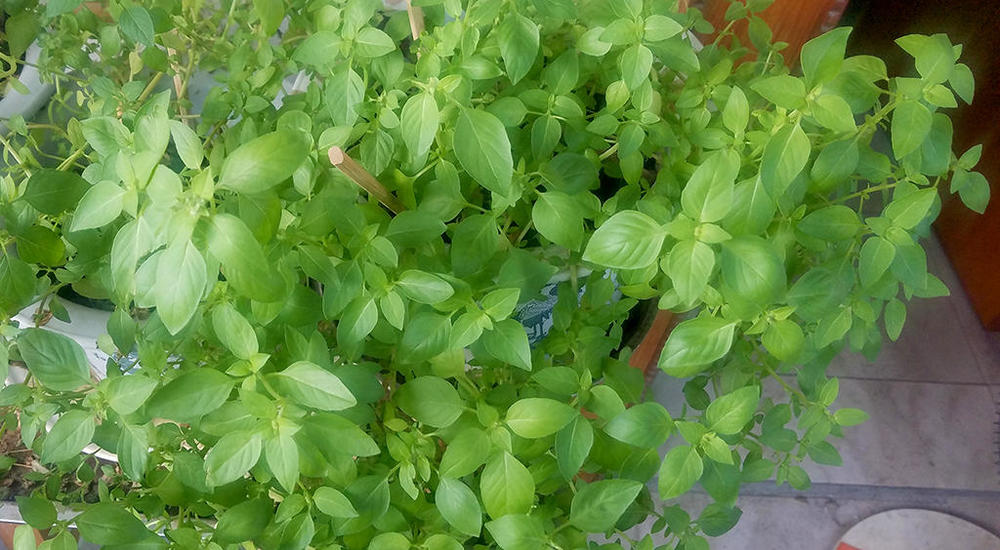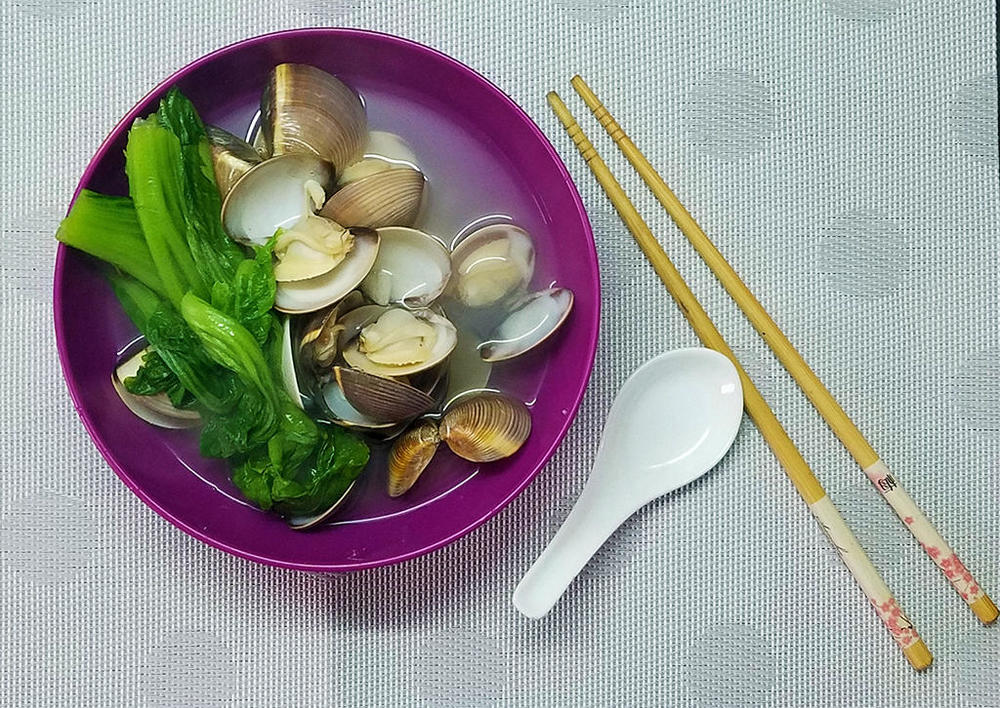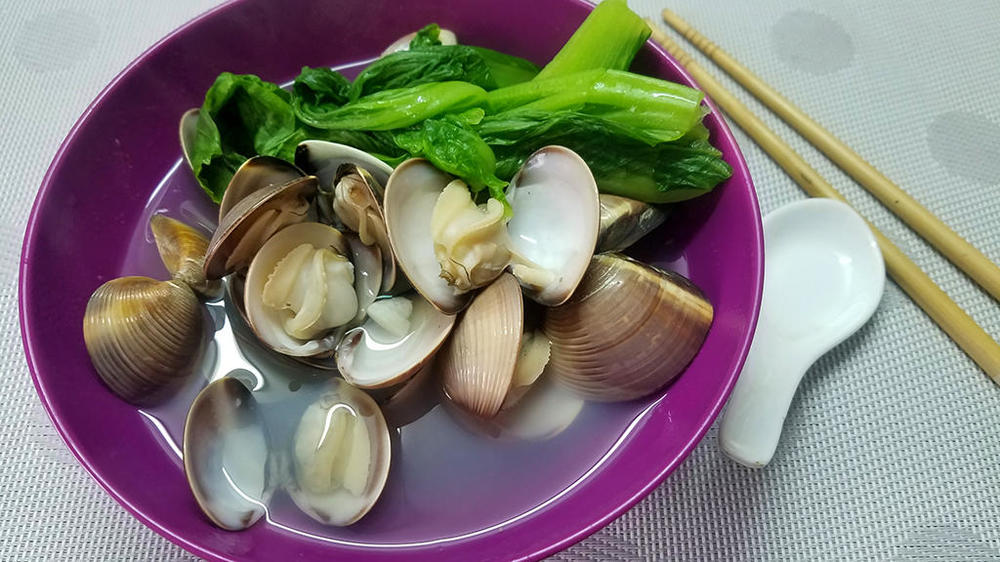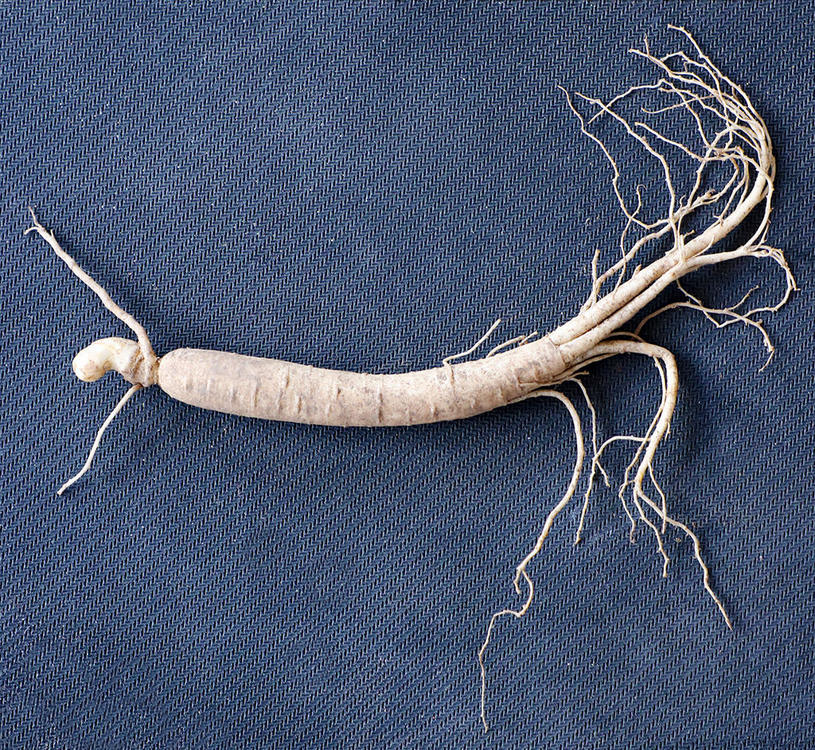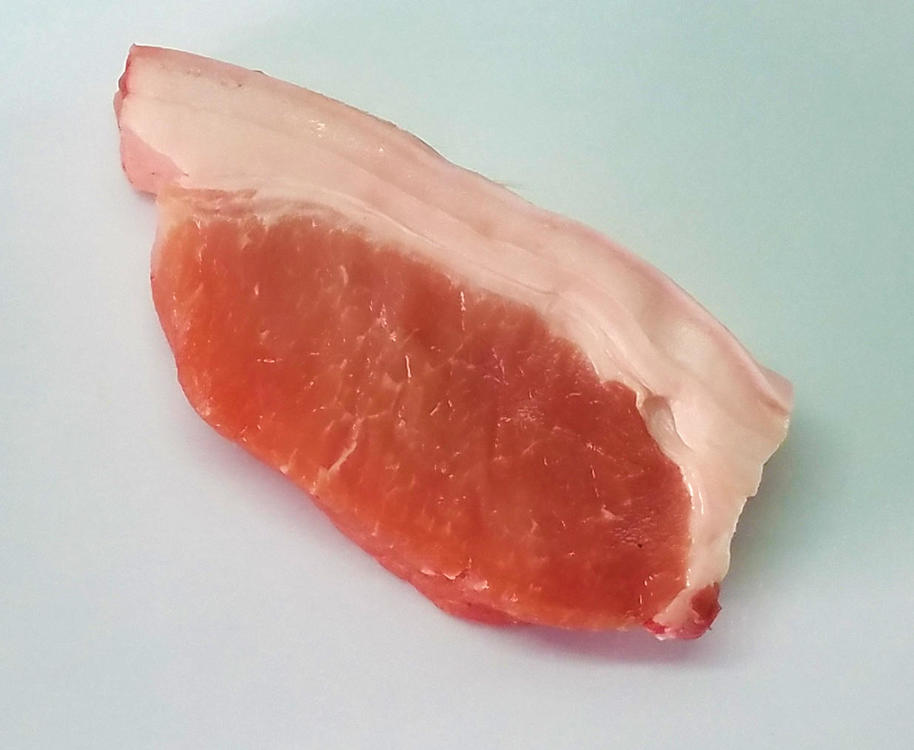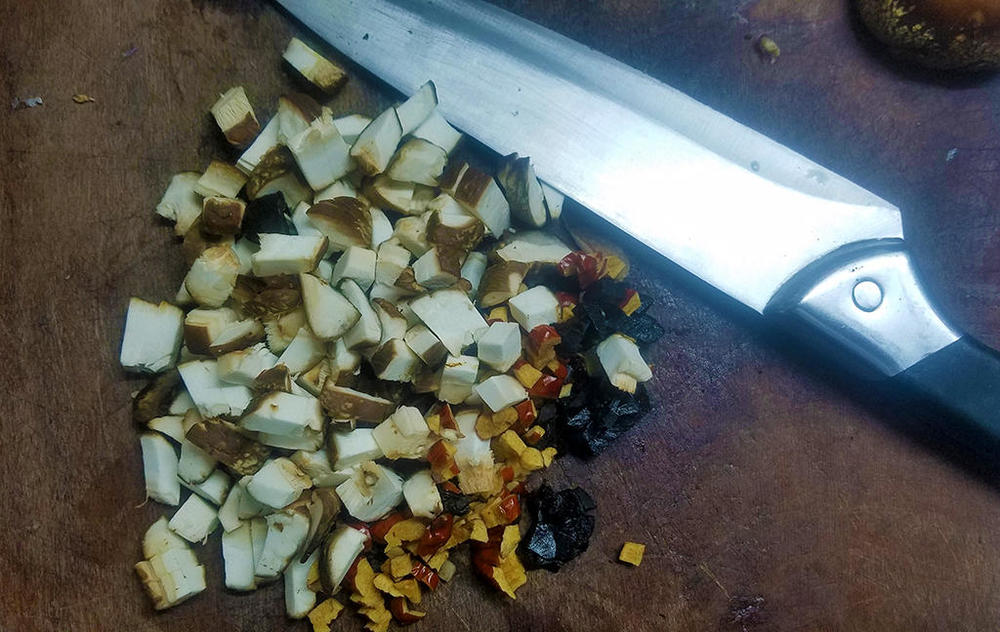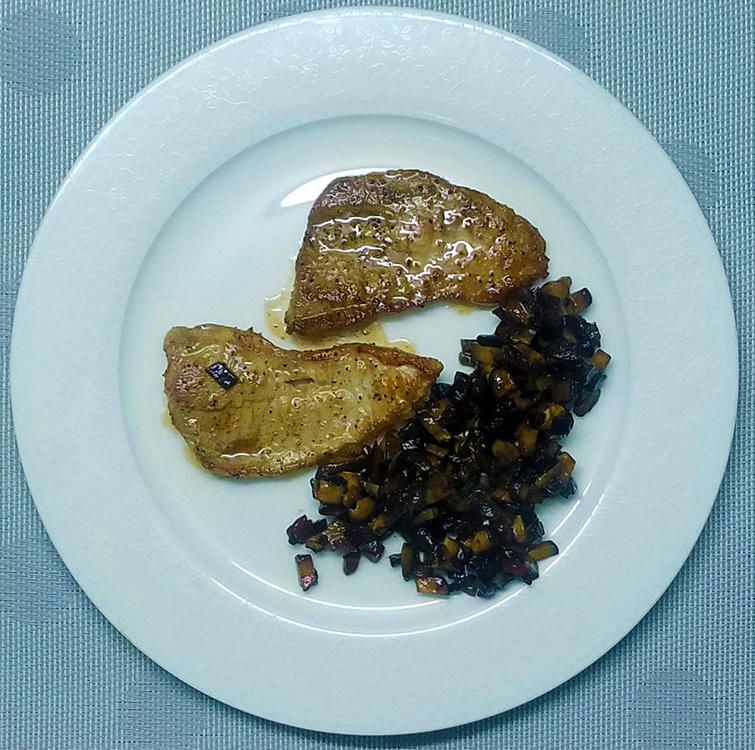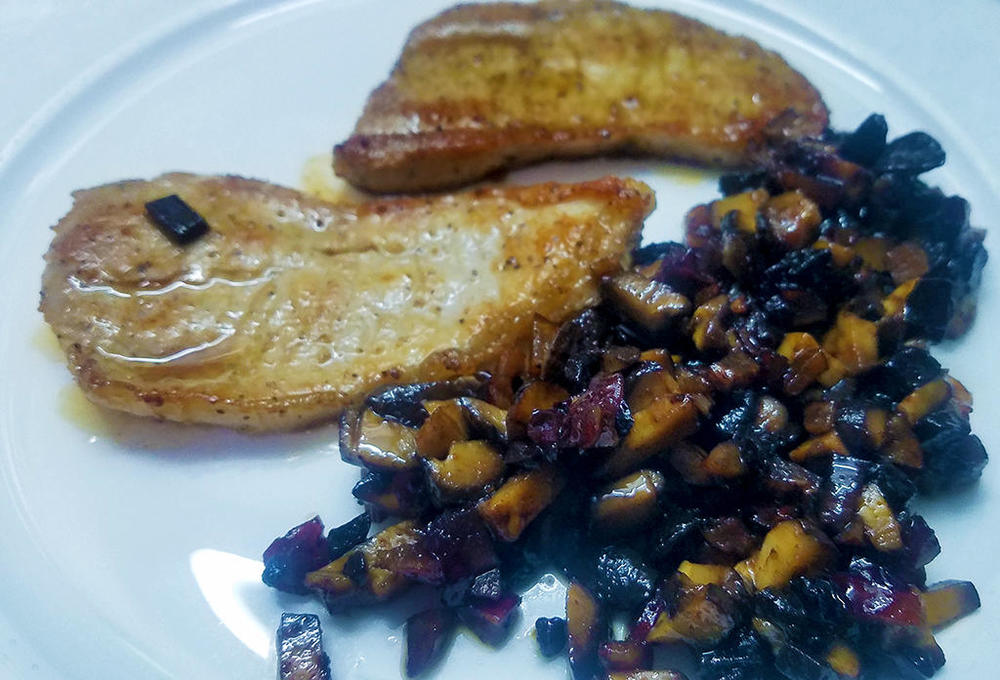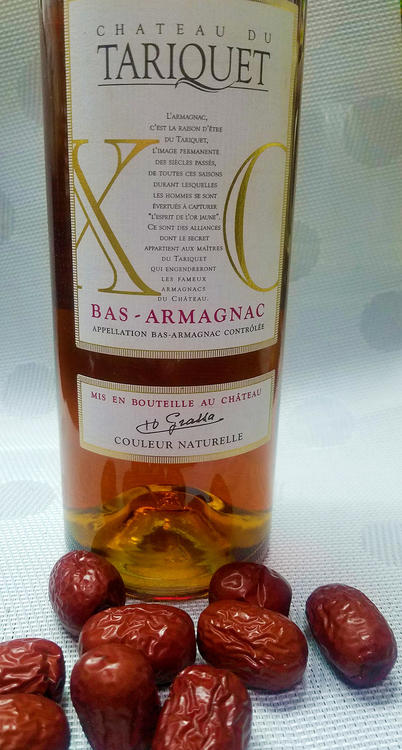-
Posts
16,667 -
Joined
-
Last visited
Content Type
Profiles
Forums
Store
Help Articles
Everything posted by liuzhou
-
Hummus could go extinct when the chickpeas/garbanzo beans all die. Article here.
-
Me too. Always. Great looking pizza!
-
-
-
I usually take photos of the no photo signs. That confuses them! I have quite a collection.
-
That is beautiful! A work of art!
-
Pig kidney with garlic, red chilli pepper, yellow bell pepper and penne rigata. Simple. Cooked and eaten while listening to Sticky Fingers. Naturally. Can't You Hear Me Knocking?
-
I have done this regularly often with mint and other herbs, but never had much success with basil. Anyway, not a problem. I now have access to basil seeds.
-
Yes. Not regularly but occasionally.
-
Chicken and Mushroom soup with ginseng and jujubes. Chicken carcase and trimmings including head, feet and the bits that usually get thrown away were simmered for an hour with garlic, ginger, chilli, ginseng and jujubes. All solids removed and nasty bones and bits removed. Rest, including jujubes and ginseng etc. returned to pan. Sliced white button mushrooms and shiitake added and cooked for five minutes. Finished with chopped scallions. Eaten.
-
-
Of course not. You pay for the advertised dish. If ýou order a cheeseburger but dont eat the cheese, do you expect a discount?
-
It's a pity your friend didn't give you plants rather than cuttings. You could try planting cuttings, but whether they will survive is unsure. I've never had much luck with basil cuttings. My plants are still doing well in November, but it's warm here. They do want to flower, but I remove any flowers as soon as they appear. That is one of four plants on the balcony. I do have two plants which I have allowed to flower as I want the seeds for next year. As to your immediate needs, I'd be eating a lot of Thai or Vietnamese food and making lots of pesto or the French version without pine nuts, pistou. Both freeze well.
-
Clam and Mustard Green Soup. (车螺芥菜汤 chē luó jiè cài tāng ) Chicken stock, garlic, red chilli pepper, white pepper (lots*). clams and mustard greens. *by lots I mean what appears to be far too much. I give 25 twists of the pepper grinder.
-
America ginseng, Panax quinquefolius is a different sub-species from South China ginseng, Panax notoginseng. I have seen the American variety here, but it is rather expensive.
-
This is the root of a plant, so I vote that it belongs here. 人参 / 人蔘 (Mand: rén shēn; Cant: jan4 sam1), Panax notoginseng, is South China Ginseng. The plant is extinct in the wild, so all available now is cultivated. Seldom available fresh, the dried root is mainly used in traditional Chinese medicine (TCM), but also has culinary uses. It is used to make ginseng tea and canned energy drinks and is also used in soups, especially with chicken, and in hotpot stocks. The taste has an earthy sweetness similar to carrot, and a slightly bitter aftertaste.
-
There is a small pizza place here in town. While the Chinese generally have no idea how to do a pizza, this one is better than most and bearable when I'm really too tired to cook. However, like every other such place they throw c*rn into every pizza. There I ask them to omit it, because I know they are going to assemble the thing to order right in front of me and missing a listed ingredient is not going to interrupt the flow of their service. One time, I found myself unhappily in Pizza Hut - not my idea. I requested Pizza No. 21, but without the c*rn. No can do! Impossible! That's when I remembered that Pizza hut's 'pizzas' are pre-assembled in a factory hundreds of miles away and shipped frozen to the individual restaurants.
-
Picked me up a nice piece of pork. Trimmed most of the fat and rendered it down. Sliced the flesh, salted and peppered it and left that in the fridge for 2 hours. Chopped shiitake mushrooms, 红枣 (hóng zǎo) aka jujubes and black garlic. Fried the pork in olive oil. Fried the mushroom mix in the pork fat (now lard). Flamed the pork with some nice Armangac. Rested the meat while pouring and scraping the cooking juices and bits into the mushrooms. Served with simple boiled potatoes and greenery which I didn't bother to photograph. You know what they look like. Put into mouth. Armangac and Jujubes
-
You could have a look at the Chili Cook off, where there are over 300 comments discussing chili.
-
A few years back, these cucumber slicers were a craze here - not for culinary use however. People (women) were slapping slices of cuke all over their faces for some supposed therapeutic benefit. The craze stopped as suddenly as it started. Not before I did buy one however. Hardly ever used it and have no idea where it is now. Never slapped cuke to my visage, though.
-
I regularly walk past neighbour's homes and nearly choke on chilli fumes. It's just part of daily life here! I do the same to them!
-
Did you use fresh chillies there? Some look fresh. La zi ji is made with dried chillies.
-
One thing I forgot to mention is that these Miao people like to play drinking games. Here is one example where the women pick on a man and force him, in an artistic manner, to down far too much home made-rice wine poured down a series of bamboo channels. I declined to partake, claiming ill-health, which no one believed. I hate their rice wine and I like to drink at my own pace. They graciously passed me by and this poor chap got the prize! Apologies for poor video quality. It's crystal clear on my original, but not on YouTube. No idea why!
-
What needs to remembered is that most of the cooks in those Chinese restaurants have never been to China or eaten "authentic" Chinese food, so couldn't offer it if they even wanted to. Chinese Cusine and Chinese Americann cuisine are two very different things.






